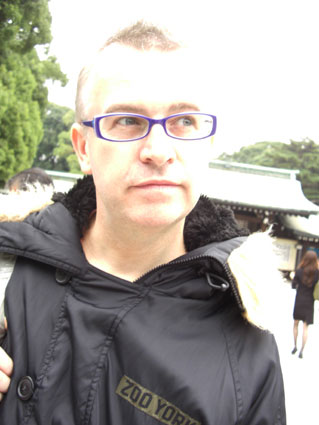 After the big earthquake and tsunami in the Tōhoku region north of Tokyo last year, I felt like I very much wanted to give something back to Japan, a place that’s been my home for the past 11 years – a place that’s equal parts inspiring and puzzling, a fascinating collusion of kitsch and cool, with a history ten times longer than that of my home town, Melbourne.
After the big earthquake and tsunami in the Tōhoku region north of Tokyo last year, I felt like I very much wanted to give something back to Japan, a place that’s been my home for the past 11 years – a place that’s equal parts inspiring and puzzling, a fascinating collusion of kitsch and cool, with a history ten times longer than that of my home town, Melbourne.
One Hundred Years of Vicissitude was originally an idea I toyed with in 2007, and then shelved while I finished off
Some of the original notes did make it through to the final version, but at least 98 percent was written between September 2011, and April 2012 – and the tone is completely different.
The novel was swayed as much by family (my late grandfather Les, my wife Yoko and my six-year-old daughter figured significantly in its composition) as it is by my two ‘home’ towns of Tokyo and Melbourne.
Aside the essential story of identical twin geisha, war, death and saké, other things weighed in on the mix and I’ve decided to outline some of these here, as they deserve all the kudos they can get.
JAPANESE MOVIES
I think anyone who knows me is aware of my somewhat rabid love of Japanese cinema, especially that directed by Akira Kurosawa. One Hundred Years is heavily influence by Kurosawa’s Drunken Angel (1948) along with Satoshi Kon’s superb anime feature Millennium Actress (2001). There are literally dozens of references to these and other Japanese celluloid treasures in this novel, some clear and others murky. Here are some:
In the 1948 clubbing scene, which is a direct riff on Akira Kurosawa’s Drunken Angel, the name of the nightclub is “Eastern Saloon” – the same as the bar in Seijun Suzuki’s Tokyo Drifter. Kohana says at end of dancehall scene: “Martyrdom is out of style,” which is snatched from the lips of Dr. Sanada (in an entirely different context) in Drunken Angel.
When Kohana kills Shashin, she says, “Shinde moraimasu – you will do me the favour of dying,” which is a direct homage to the film Showa zankyo-den: Shinde moraimasu (1970), directed by Masahiro Makino and starring the great Ken Takakura.
Kohana’s wardrobe (and general mien) in the murder sequence involving the gangster is based on the Scorpion Lady image first cultivated by manga-ka Tōru Shinohara in the 1970s, then in the Female Prisoner Scorpion spin-off films starring actress Meiko Kaji (Lady Snowblood) – also referred to in Sion Sono’s movie Love Exposure.
The eyewitness, “a twelve-year-old boy identified only as ‘Shinohara-kun’,” is a silly wink at Tōru Shinohara, since he would’ve been that age in 1948.
One Hundred Years‘ kabuki actor Yukinojo Nakamura is named in honour of the kabuki character played by Kazuo Hasegawa in Kon Ichikawa’s An Actor’s Revenge (1963).
Kohana and Tomeko’s new mama-san after Asakusa is bombed is called Otsuta, named after the mama-san of the geisha house in Mikio Naruse’s 1956 movie House of Geisha.
Kohana’s grandfather was “a low-ranking samurai who had served in the household of Rokurota Makabe” – a reference to Toshiro Mifune’s rousing General Rokurota Makabe in Akira Kurosawa’s Hidden Fortress.
Dr. Hirayama, “a provincial man, from Onomichi in Hiroshima,” is based on the mean son Koichi Hirayama, who’s also a pediatrician and from Onomichi, in Yasujirō Ozu’s Tokyo Story. Fumiko is the name of his wife in that movie.
Kohana’s daughter Kaede (the mother of TSMG’s Laurel Canyon) is named after the vicious Lady Kaede in Kurosawa’s Ran.
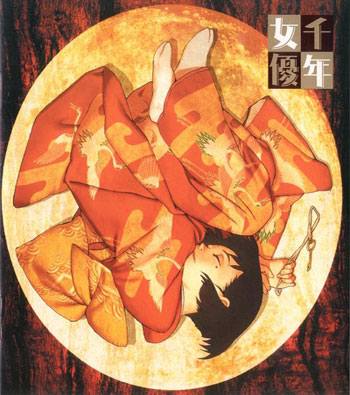 Finally, when Wolram makes his mad speech – “What do you think of doctors? You think they’re saints? Hah! They’re foxy beasts! They say, ‘We’ve got no medicine, we’ve no cure. We’ve got nothing!’ But they have! They have everything! Dig under the floors! Or search the clinics! You’ll find plenty! …They pose as saints, but are full of lies! If they smell a battle, they hunt the defeated! They’re nothing but stingy, greedy, blubbering, foxy, and mean! Goddamn it all! But then who made them such beasts? We did!” – he’s directly channelling Kikuchiyo (Toshiro Mifune) in Kurosawa’s Seven Samurai.
Finally, when Wolram makes his mad speech – “What do you think of doctors? You think they’re saints? Hah! They’re foxy beasts! They say, ‘We’ve got no medicine, we’ve no cure. We’ve got nothing!’ But they have! They have everything! Dig under the floors! Or search the clinics! You’ll find plenty! …They pose as saints, but are full of lies! If they smell a battle, they hunt the defeated! They’re nothing but stingy, greedy, blubbering, foxy, and mean! Goddamn it all! But then who made them such beasts? We did!” – he’s directly channelling Kikuchiyo (Toshiro Mifune) in Kurosawa’s Seven Samurai.
In that he complains: “What do you think of farmers? You think they’re saints? Hah! They’re foxy beasts! They say, “We’ve got no rice, we’ve no wheat. We’ve got nothing!” But they have! They have everything! Dig under the floors! Or search the barns! You’ll find plenty! Beans, salt, rice, sake! Look in the valleys, they’ve got hidden warehouses! They pose as saints but are full of lies! If they smell a battle, they hunt the defeated! They’re nothing but stingy, greedy, blubbering, foxy, and mean! God damn it all! But then who made them such beasts? You did!”
The Red Army group leaders (“the hypocritical, increasingly paranoid… Seibei and Ushitora”) are taken from the rival crime lords in Kurosawa’s Yojimbo.
Kohana’s Red Army lover Kunio Yamadera is a fusion of real-life Red Army member Kunio Bandō and Koichi Yamadera, the voice actor who played the pivotal Man with the Key in Satoshi Kon’s anime Millennium Actress.
Kohana & Tomeko’s childhood home in Tokorozawa, just west of Tokyo, was the setting for Hayao Miyazaki’s anime My Neighbour Totoro – and the horror movie Ju-on (The Grudge) was partially shot here, along with the original Japanese version of Shall We Dance. I guess that’s why supporting character names from Ju-on and Shall We Dance – Aoki-san and Toyama-san – are used for the neighbours here.
FLOWERS & FLORA
Funnily enough, while I’m not such a flower aficionado, Kohana is – and flowers have an important role in Japanese culture in terms of ikebana/kadō (flower arrangement) and their symbolic nature. The Victorians also had ideas about the symbolism of flora such as flowers – just Google ‘floriography’ – so they play a key part in terms of underlying meaning and supporting particular emotional vibes in One Hundred Years.
When Wolram first arrives he complains about “saffron-stained bricks slapped down willy-nilly between the odd wild sprouting of Indian tobacco, white chrysanthemums or rue.” Indian tobacco, otherwise known as Lobelia, symbolizes malevolence in floriography; rue symbolizes regret. White chrysanthemums in Japan are symbolic or lamentation and/or grief.
At Kohana’s cottage, “The woman scooped up some vegetation and laid it out on a round white table a couple of metres from me. I noted sweet briars, yellow carnations and asphodels amidst other flowers I didn’t recognize.”
Sweet briar (or the ‘Eglantine’ rose) symbolizes a wound to heal, coriander lust, yellow carnations rejection/disdain, and asphodels symbolize regrets following one to the grave.
There’s the wallpaper in Wolram and Josephine’s home in Melbourne – purple lilacs supposed to embody the first emotion of love, white ones apparently symbolizing youthful innocence and memories, and marigolds pain and grief.
In Chapter 4, Kohana’s cotton yukata (robe) has lotus flowers on it, flowers that variously reflect purity, rebirth and divinity.
In the final chapter Tomeko brings white lilacs (youthful innocence and memories), rosemary (remembrance) and cherry blossoms (transience of life, beauty as impermanent, gentleness/kindness).
In the 1948 Tokyo nightclub scene, Kohana has an orange lily in her hair, symbolizing desire/passion, while Tomeko has a white lily (innocence) and Shashin has a lime blossom in his lapel, symbolizing fornication.
In the Red Army chapter, Toshiro brings plumerias, better known as frangipanis – known for representing perfection, springtime and new beginnings – to Kohana when she winds up in hospital.
Finally, in the Kyoto fugu restaurant with Hachi-sama, the fugu livers are decorated with a single black poppy, a symbol of death, hatred, farewell… and all poppies can represent oblivion.
PETER LORRE
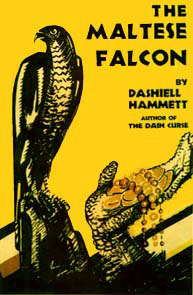 When the gangster character Shashin returns, I decided to give him an actor Peter Lorre feel, as opposed to his insane Toshiro Mifune (Drunken Angel) turn the first time around.
When the gangster character Shashin returns, I decided to give him an actor Peter Lorre feel, as opposed to his insane Toshiro Mifune (Drunken Angel) turn the first time around.
I therefore snatched some classic Lorre dialogue: “Look what you did to my neck!” (from “Look what you did to my shirt!” in The Maltese Falcon), “May I please have my sword now?” (from “May I please have my gun now?” in The Maltese Falcon), and “You despise me, don’t you?” (Casablanca). Other Lorre-speak litters the book. I’m a huge fan.
Katsudō Shashin’s name is pinched from Nippon Katsudō Shashin, literally “Japan Cinematograph Company” – the real name of Nikkatsu, Japan’s oldest major movie studio.
They put director Seijun Suzuki through hell for his brilliantly surreal, offbeat yakuza gangster movies in the ’60s, even blacklisting him, so I thought any villain cast in the Seijun Suzuki surrealist mold should bear the name of the company bigwigs that didn’t understand his craft.
TRISTAN & ISEULT
Before writing putting together the vague framework for One Hundred Years back in 2007, I considered doing a reboot of the Tristram and Isolde legend. It’s something I’ve actually nutted over since high school, but never quite come to terms with an appropriate direction.
Anyway, this tale of Japan and, to a lesser extent, Australia is littered with allusions to the European knightly yarn.
For instance “A hazelnut wrapped in a gentle cocoon of honeysuckle” refers to the traditional flora associated with the two lovers, there’s the Béroul brand knife Kohana uses on her sister’s rapist (Béroul was a Norman poet of the 12th century who wrote about Tristan) and Kohana’s cottage is called “Chevrefoil”… the name of a medieval narrative lay by Marie de France that also focuses on Tristan & Iseult.
The book Kohana reads toward the end of this yarn is La Tavola Ritonda, an Italian version of the Prose Tristan, and Tomeko has a white banner – symbolic of the white sails Iseult is supposed to unfurl to let Tristan know she is coming for him.
OSAMU TEZUKA
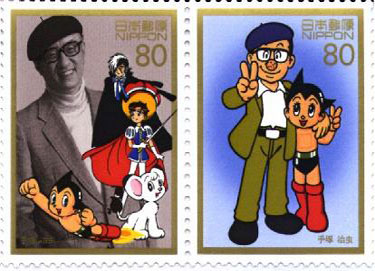 As with Akira Kurosawa’s journeymen actors Takashi Shimura and Toshiro Mifune, who each has a vital character modeled on him in One Hundred Years of Vicissitude, the shoo-in doctor/manga-ka O-tee-san is based on pioneer of Japanese manga Osamu Tezuka (Astro Boy, Kimba the White Lion) – who studied medicine at university but never actually practiced.
As with Akira Kurosawa’s journeymen actors Takashi Shimura and Toshiro Mifune, who each has a vital character modeled on him in One Hundred Years of Vicissitude, the shoo-in doctor/manga-ka O-tee-san is based on pioneer of Japanese manga Osamu Tezuka (Astro Boy, Kimba the White Lion) – who studied medicine at university but never actually practiced.
In the scene when he’s treating Tomeko, he says “I’m begging you, let me work!” – reputed to be the man’s final words before he died. Franz, the German stage actor briefly mentioned by Kohana, is a nip on the heels of Prince Franz Charm, Sapphire’s love interest in Tezuka’s Princess Knight.
Tezuka also lived in an apartment block named Tokiwa-sō in Toshima, Tokyo. Other residents there included Shotaro Ishinomori (ten-year-old Shotaro-kun in the novel) – the creator of Cyborg 009 and Kamen Rider – and Fujio Akatsuka (13-year-old Fujio-kun), the creator of Tensai Bakabon, along with Hiroshi Fujimoto and Motoo Abiko (teenagers Fujimoto and Abiko in One Hundred Years), the duo behind ‘Fujio Fujiko’ – creator of the long-running Doraemon.
NOIR
As with
OTHER ODDS & ENDS
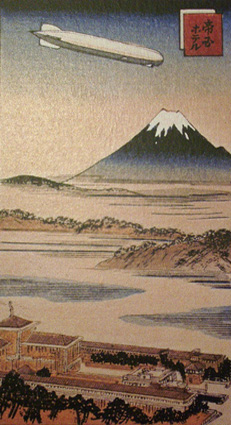 There are mutterings of Heracles’ choice of weapon in killing the Hydra, Little Red Riding Hood is in the trees, Marvel comics from the 1960s are in there, 16-bit video games too, and there’s the first (and only) visit to Tokyo by the Graf Zeppelin.
There are mutterings of Heracles’ choice of weapon in killing the Hydra, Little Red Riding Hood is in the trees, Marvel comics from the 1960s are in there, 16-bit video games too, and there’s the first (and only) visit to Tokyo by the Graf Zeppelin.
Kohana’s dad’s ship is the Kobayashi Maru – sharing names with a vessel from the flight simulator Captain Kirk cheats on at Starfleet Academy – and the number four is vital here since it symbolizes death in Japan.
The “Freigedank-Dummheit Opera Company” is named after composer Richard Wagner’s pseudonym (K. Freigedank, or K. Freethought), used when he wrote Das Judenthum in der Musik, his attack on Jews in general and their role in music. Dummheit is a German word for stupidity. The combination sits well, I think.
Sir Thomas Malory’s Le Morte d’Arthur, Yukio Mishima’s The Temple of the Golden Pavilion and Charles Dickens’ A Christmas Carol and squeezed in.
Deaps irreverently riffs on Edgar Allan Poe when he says “Truth be told, the death of a broken down old man is, unquestionably, the least poetical topic in the world” (the original line went: “The death, then, of a beautiful woman is, unquestionably, the most poetical topic in the world”). He also plugs away at The Masque of the Red Death and The Raven.
There are other, fairly obvious tributes to Douglas Adams’ The Hitchhiker’s Guide to the Galaxy, my previous novel Tobacco-Stained Mountain Goat (the book itself and “a tea-towel that was covered in Scottish highland tartans”), Seishi Yokomizu’s famous literary detective Kosuke Kindaichi, Chinese philosopher Lao Tzu, Francis Ford Coppola’s movie Apocalypse Now, Watchmen, Swing Time, Nicolas Roeg’s Don’t Look Now, and The Princess Bride.
A lot more references? Hell, yeah, but I don’t want to kill all the mystery here.
CLASSIC KIDS BOOKS
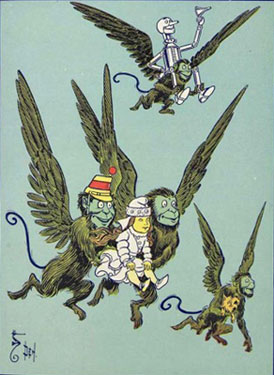 As much as our narrator Wolram Deaps says he loathes books, Kohana adores them – and I don’t think they’re too shabby as well. Certain books either (a) shaped or (b) scarred my childhood, and they’re referenced here with glee… including these two rather well known classics:
As much as our narrator Wolram Deaps says he loathes books, Kohana adores them – and I don’t think they’re too shabby as well. Certain books either (a) shaped or (b) scarred my childhood, and they’re referenced here with glee… including these two rather well known classics:
When Wolram first explores Kohana’s hovel he finds next to the fireplace “colourful pietra dura tiles of entwined birds, monkeys, tigers, and bears,” indicating the animals and hybrid animals in The Wonderful Wizard of Oz, like the winged monkeys and Kalidahs.
Other Oz stuff includes the sign-writer in the sky, the scarecrow in the garden, the suit of armour with the axe, the rampant lion banner, and the TOTO toilet.
Wolram’s secretary (mentioned in Chapter 1) is named Judy, while in the second chapter Wolram talks up “a political associate of mine, a fellow named Denslow” – a vague reference to the original Wizard of Oz illustrator William Wallace Denslow – and Wolram walks a kind of yellow brick road at the beginning and end of the novel.
In the first chapter, Wolram quips, “It was amid these mundane individuals that I found myself trudging. Which way I ought to have headed depended a good deal on where I wanted to get, and to be honest here it doesn’t appear to matter which way I go. Despite advice from Lewis Carroll that getting somewhere should be just a matter of walking, no matter how much I walk I reach nowhere.”
This is based around some original dialogue in Alice’s Adventures in Wonderland:
Alice: Would you tell me, please, which way I ought to go from here?
The Cat: That depends a good deal on where you want to get to
Alice: I don’t much care where.
The Cat: Then it doesn’t much matter which way you go.
Alice: …so long as I get somewhere.
The Cat: Oh, you’re sure to do that, if only you walk long enough.
007
Well now, there’s the whole hoo-ha about the film version of You Only Live Twice (1967), Sean Connery and saké in the second chapter, plus some snippets of dialogue that are a wink at the novel Casino Royale in the Tokyo, 1964 scene – and Kohana drives a convertible Toyota 2000GT, the same as Bond Girl Aki in You Only Live Twice.
At one point, in a swinging ’60s Tokyo bar, Kohana orders for Wolram a Vesper, the classic 007 martini.
“Three measures of Gordon’s, one of shōchū, half a measure of Kina Lillet,” she tells the bartender. “Shake it very well until it’s ice-cold, then add a large thin slice of lemon peel. Got it?”
It’s Ian Fleming’s original recipe to a tee, except that vodka is replaced with Japanese shōchū.
Of course.





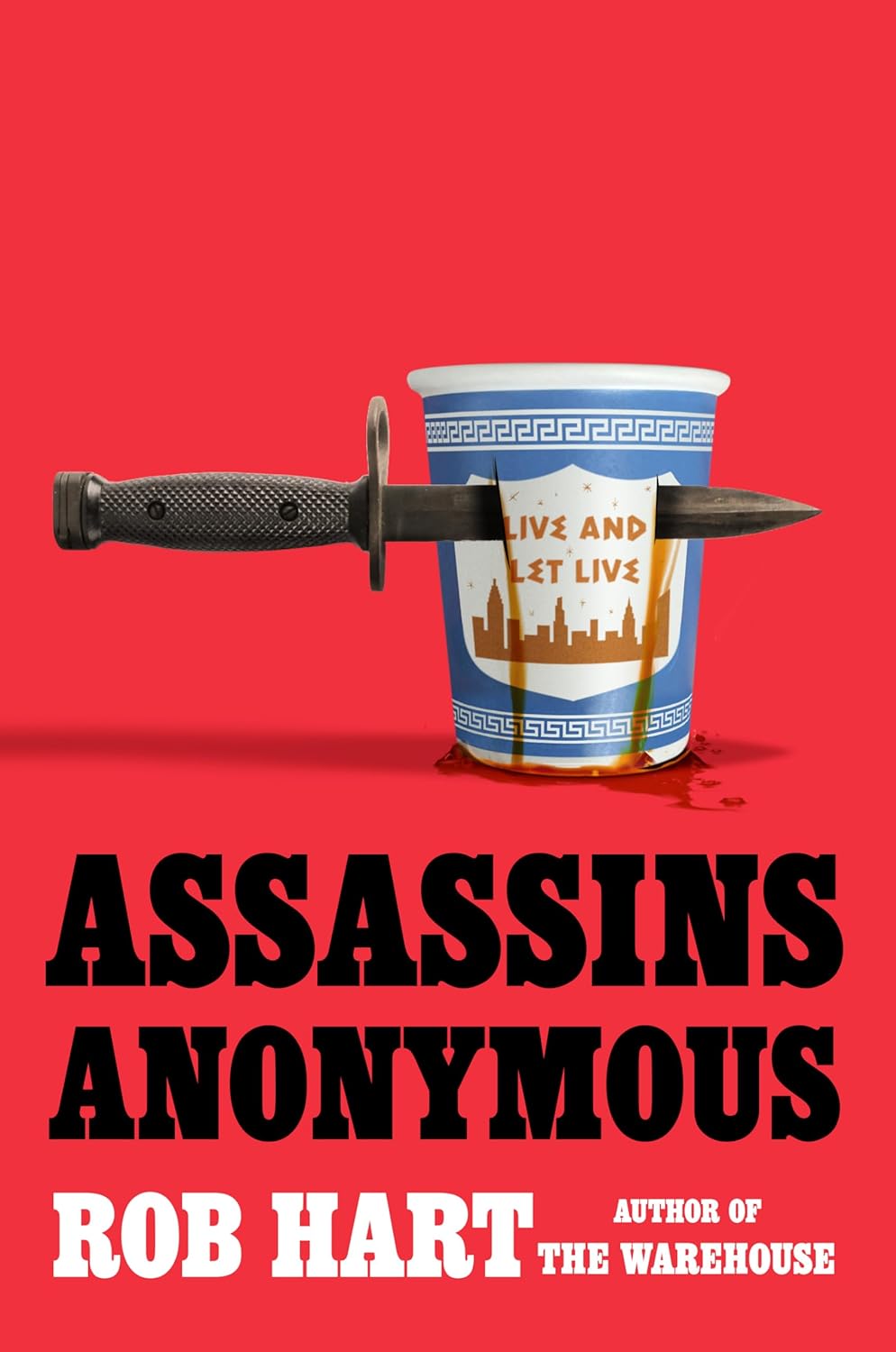
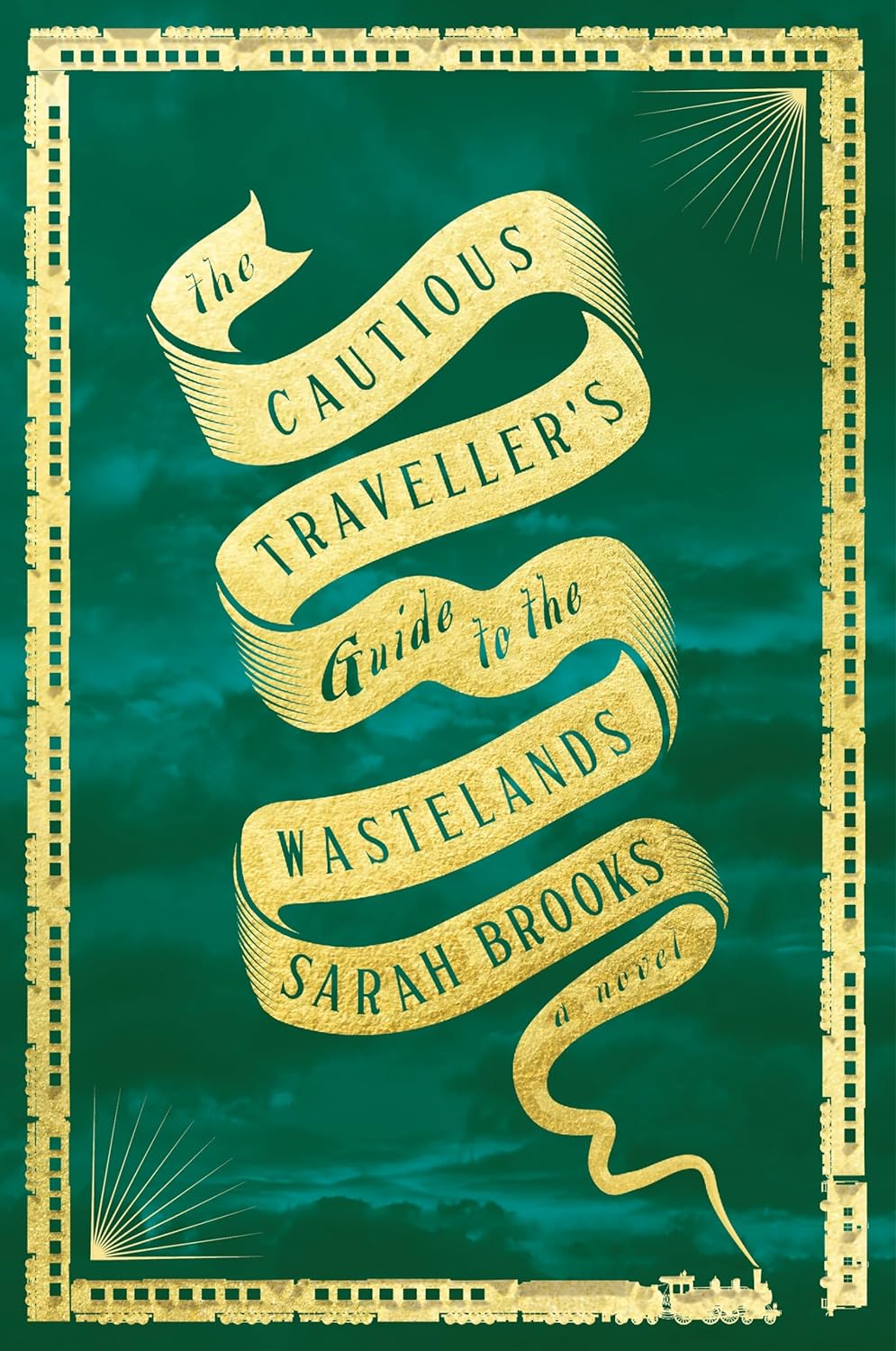
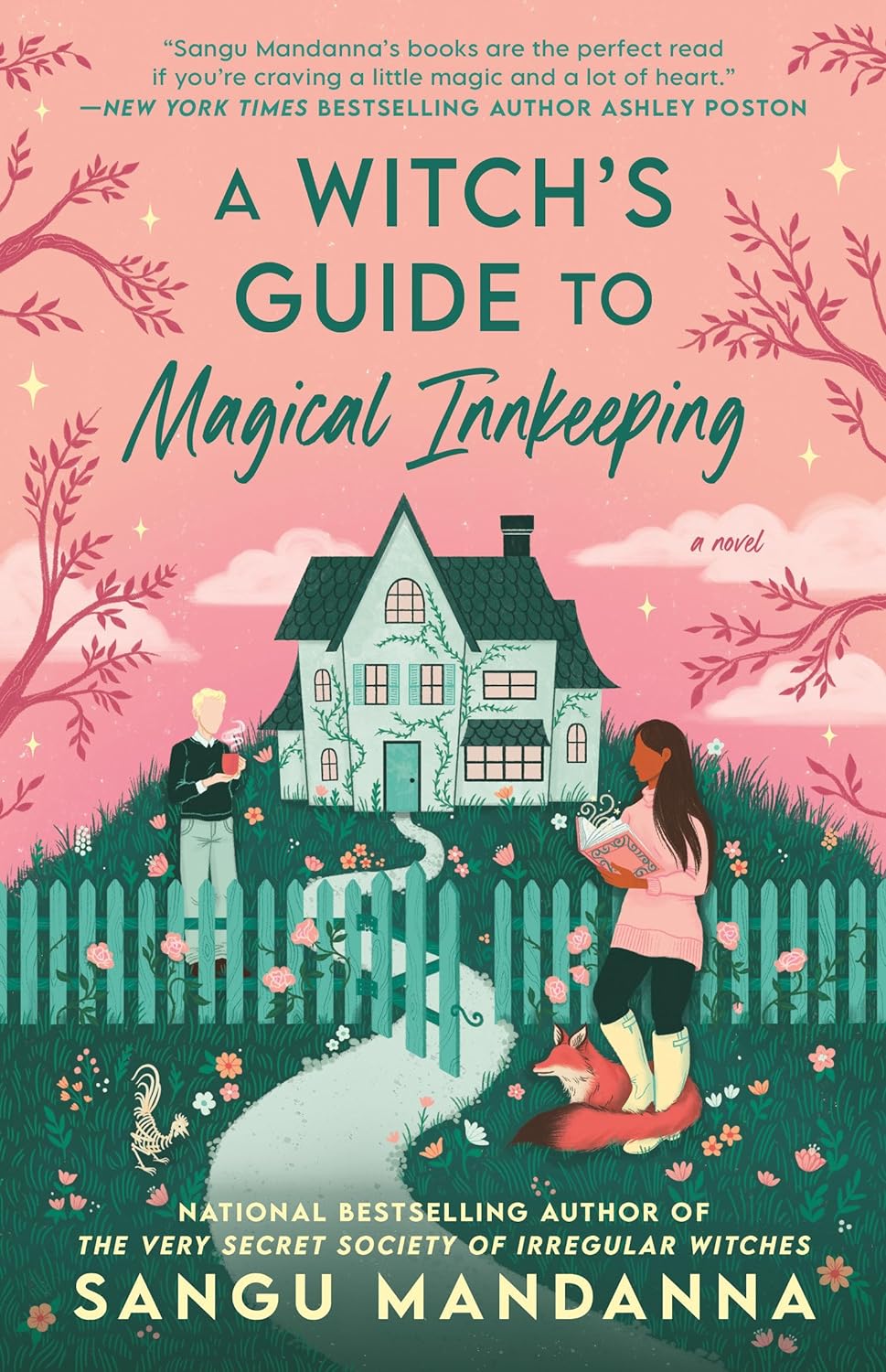
Coleman
September 1, 2014 - 5:40 AM